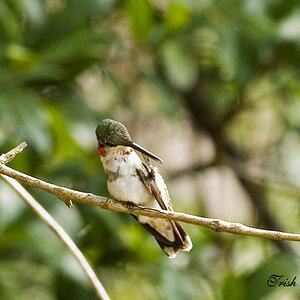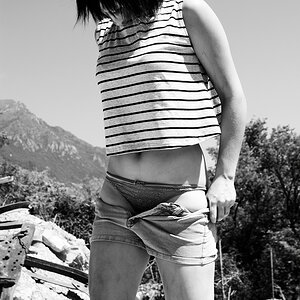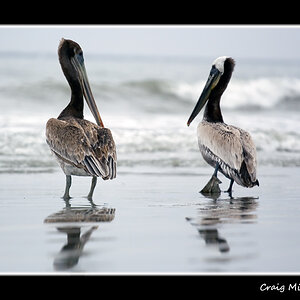ricepudding
TPF Noob!
- Joined
- Oct 19, 2007
- Messages
- 55
- Reaction score
- 0
- Location
- Novi, MI
- Can others edit my Photos
- Photos OK to edit
Telephoto vs. Zoom?! and what about Wide Angle?
Can you tell me the difference between the two. When I go to BH photo website to look at available lenses, many say Wide Angle Zoom Telephoto (seems anything that zooms beyond 135mm they label telephoto). Can a lens be both telephoto and wide angle zoom? I'm a bit confused because when I go here to the Nikon website lenses are broken out a different way. They don't ever say a wide angle is also a telephoto. For the first category of wide angle lenses they only include prime lenses. And telephoto category they only have prime...?! I'm confused. Is it just that anything that zooms beyond 135mm is also labeled telephoto because of the distance it is capable of taking?
Their wide angle zooms on the nikon site seem to be only short distances (nothing higher than 55mm). Why? On the BH photo site I see wide angle lenses that zoom up to 200mm.
And what do all the abbreviations stand for:
AF = AutoFocus
DX = ?
S = ?
VR = reduced camera shake, right?
I really want a wide angle zoom lens for nature shots, and should it be telephoto too...you tell me how these lenses work!
Thanks so much,
Can you tell me the difference between the two. When I go to BH photo website to look at available lenses, many say Wide Angle Zoom Telephoto (seems anything that zooms beyond 135mm they label telephoto). Can a lens be both telephoto and wide angle zoom? I'm a bit confused because when I go here to the Nikon website lenses are broken out a different way. They don't ever say a wide angle is also a telephoto. For the first category of wide angle lenses they only include prime lenses. And telephoto category they only have prime...?! I'm confused. Is it just that anything that zooms beyond 135mm is also labeled telephoto because of the distance it is capable of taking?
Their wide angle zooms on the nikon site seem to be only short distances (nothing higher than 55mm). Why? On the BH photo site I see wide angle lenses that zoom up to 200mm.
And what do all the abbreviations stand for:
AF = AutoFocus
DX = ?
S = ?
VR = reduced camera shake, right?
I really want a wide angle zoom lens for nature shots, and should it be telephoto too...you tell me how these lenses work!
Thanks so much,





![[No title]](/data/xfmg/thumbnail/31/31012-f5e0c7cdea2f2c3e44737e3f61c2461a.jpg?1619734567)



![[No title]](/data/xfmg/thumbnail/32/32165-6bb394c486dda7ec16d8fee786f03151.jpg?1619735234)

![[No title]](/data/xfmg/thumbnail/37/37118-b2220638658eaeed2b9256c9a8fd0cf0.jpg?1619737883)

